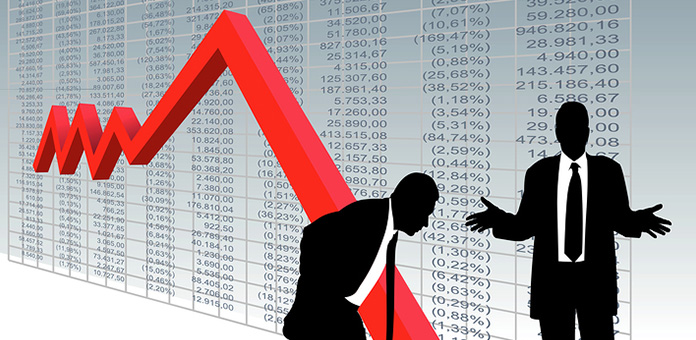
The rumors of Jerome Powell’s nomination by President Trump turned out to be true, and both that announcement and the release of the House tax plan on Thursday drove equity markets significantly higher last Friday. Yet increasingly, some analysts are worried that the current market is more reflective of loose monetary policy and that the political expedience of growth at any cost, by both parties, will soon result in yet another financial pandemonium. Two statistics that are not widely discussed are particularly worrying. 1
Is a Recession Coming?
On October 27, 2017, the U.S. Department of Commerce’s Bureau of Economic Analysis (BEA) released its advance estimate for third quarter U.S. economic growth. 2 The BEA analysis, while preliminary and subject to change before being confirmed with more complete data on November 29, showed that the national economy grew by 3.0 percent in the third quarter on an annualized basis. This number makes for 14 quarters in a row of positive growth and eight years, five months since the last recession. Recession is defined as two consecutive quarters of economic contraction. 3 That equates to the third longest period in U.S. history without a recession, and given that such periods are typically associated with major bubbles, the likelihood of this market being a bubble is increasing.
None other than legendary investor David Einhorn, one of the few investors who correctly called the real estate bubble prior to the 2008 crisis, is among the loudest voices calling the bubble. Einhorn has also put his money where his mouth is and, while at the moment his short positions are hurting, his latest letter to shareholders points out that current valuations require an entirely new paradigm to be realistic. One sure sign of a bubble is when people have to claim, “This time it’s different” in order for the market to make sense.
Consumer Savings Rate Drops
The Commerce Department released consumer savings and spending data this week. Americans are saving less at any time in the last decade and spending at a rate that jumped by the largest amount in eight years. 4 The savings rate fell to 3.1 percent for September, the lowest it has been since December 2007, when it hit 3.0 percent, while consumer spending jumped by 1.0 percent for the month. Essentially, it appears that American consumers and investors are buying into the myth of ever-increasing equity values, pouring money into stocks, and feeling a wave of confidence. These are just the kind of conditions that can add the last touch of froth to an already overheated market.
Precious Metals Offer Protection
As history has shown, time and time again, this cannot continue forever. When everyone is piling into any given market, you can be sure that a market correction is inevitable. Certainly, the signs are there that this market is a bubble, and that makes for good buying opportunities for counter-cyclical assets, such as precious metals. Consider taking on some protection for your portfolio today—before the meltdown comes.

